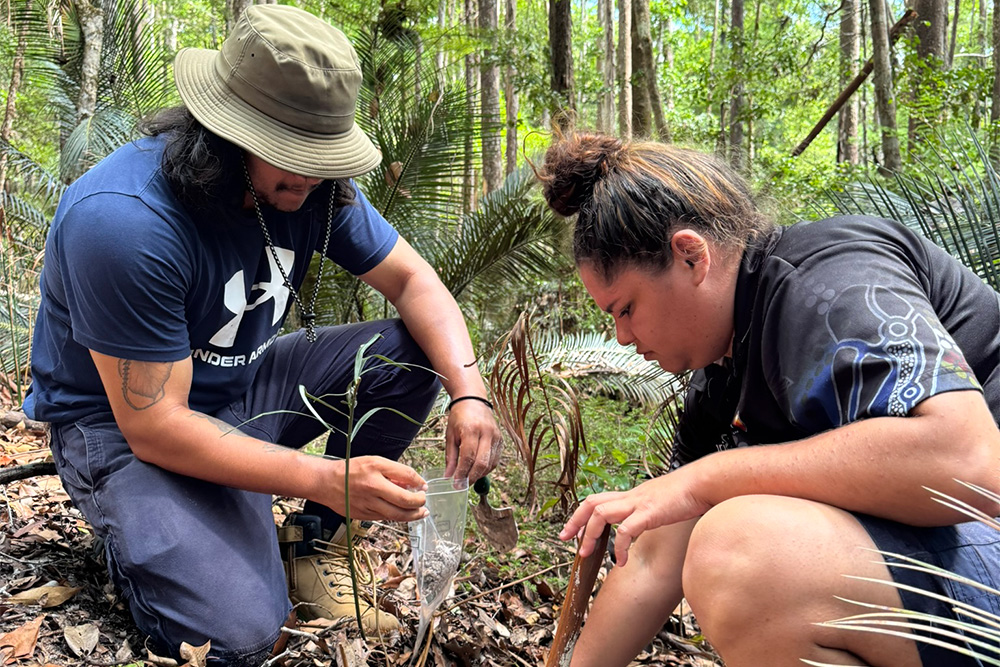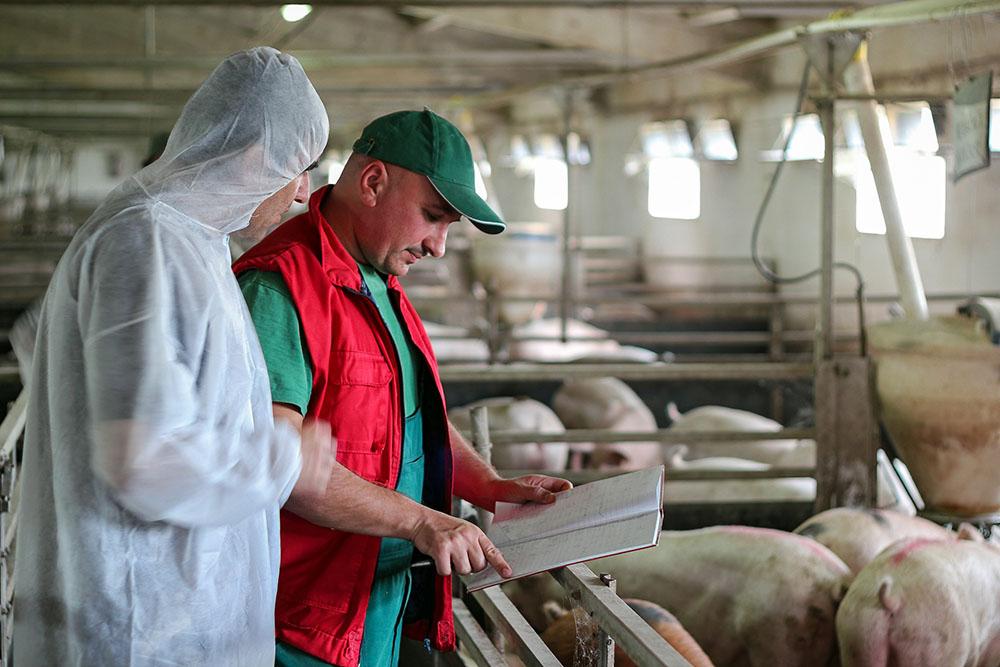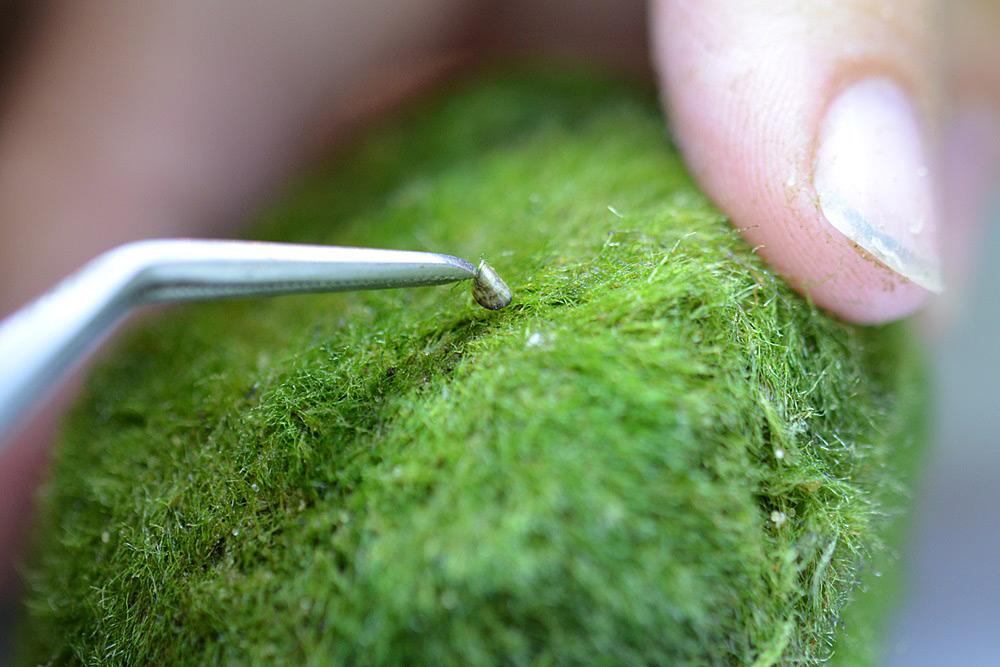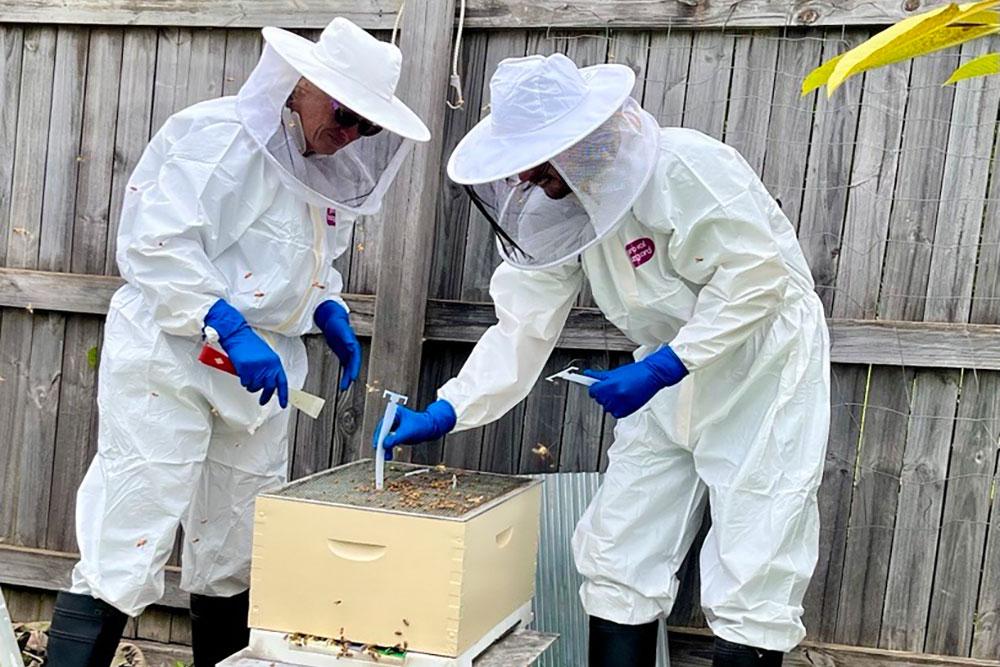Indigenous Rangers play a key role in environmental biosecurity surveillance and land management.
A deep connection to Country helps Indigenous Rangers recognise signs of ecological distress, unusual pests and signs of disease, making them frontline defenders in biosecurity surveillance and reporting. However, with the growing spread of invasive species and foreign diseases, Rangers require specialised training, resources and collaboration.
The Indigenous Forest Health project focusses on improving the capacity of Indigenous Rangers in northern New South Wales and south-east Queensland to protect culturally significant species and places that are threatened by exotic pests and diseases. The project is funded by the Environmental Biosecurity Office and has been running since 2022.
The project team collaboratively developed and delivered an environmental biosecurity training program to improve the capacity of Indigenous Rangers, Natural Resource Management (NRM) and other land managers across Australia.
The project team also delivered environmental biosecurity and forest health workshops, including specific myrtle rust identification training to Indigenous Rangers and landowners in New South Wales and Queensland. These sessions increased engagement and improved capacity to detect and report on biosecurity threats. The sessions also provided tools and knowledge to help protect traditional lands from exotic and established pest and disease threats.
The delivery of on-ground activities continues throughout 2025 by supporting a series of reporting, surveillance and monitoring programs to help protect our unique biodiversity from plant pest and disease threats such as myrtle rust.
Part of this program included supporting Adrian Bauwens, a young Wakka Wakka artist and Bunya Peoples Aboriginal Corporation Ranger, to create the art and digital designs for a first round of Protect Country from Forest Pests and Diseases flyers.
The flyers have an adaptable format that will support different Indigenous communities (rangers, Elders, knowledge holders, linguists/language teachers and artists) to develop flyers specific to their Country, cultural values, language and art styles.
The posters highlight the importance of working together through science, partnerships, community education, and traditional knowledge. This collective effort is crucial for effective biosecurity management in Australia.
By equipping Indigenous Rangers with the tools, training, and partnerships necessary to combat biosecurity threats, DAFF is supporting First Nations people to play an increasingly important role in environmental biosecurity. Strengthening their leadership and capacity in biosecurity is essential to ensuring long-term protection of Country and cultural heritage.





